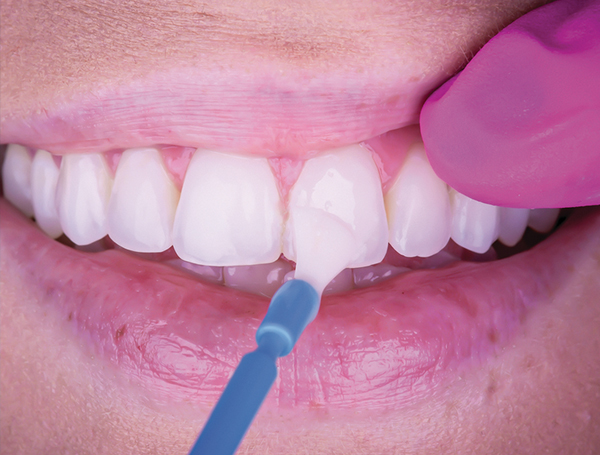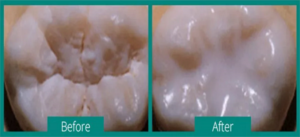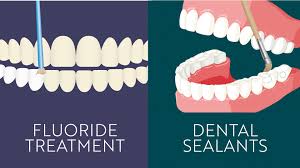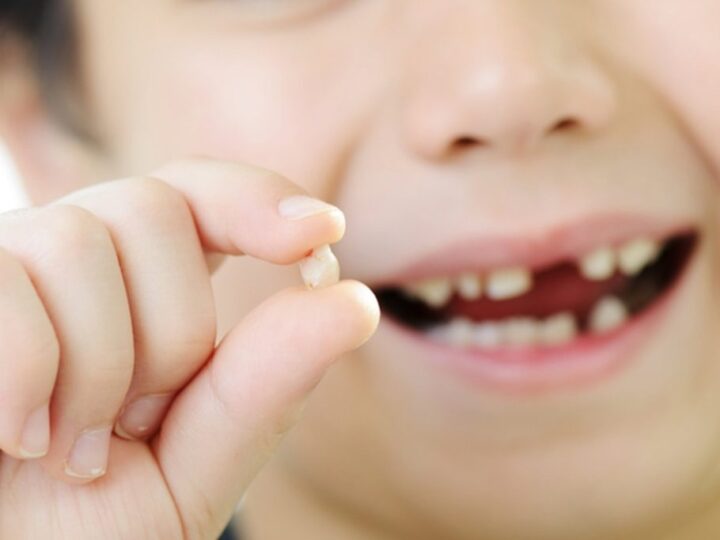
By Macy Marcham, RDH
Sealants vs. Varnish: Protecting Your Child’s Smile
February is Children’s Dental Health Month, and a crucial part of protecting your child’s smile is understanding the role of fluoride. While you’re likely familiar with fluoride in toothpaste, you might be less acquainted with two powerful preventive treatments: sealants and fluoride varnish.
As a dental hygienist, I’ve seen firsthand how these treatments can significantly reduce the risk of cavities, especially in children and teenagers. Let’s break down the key differences:
Sealants: A Protective Shield

Imagine your child’s teeth as a playground. The chewing surfaces of their back teeth (premolars and molars) have tiny grooves and pits that act like little slides for food particles. These crevices can be difficult to clean effectively with brushing alone, making them prime spots for bacteria to thrive and cause cavities.
Enter sealants!
- What they are: Sealants are thin, tooth-colored coatings applied to the chewing surfaces of these back teeth. Think of them as a protective shield, sealing off those grooves and pits from food and bacteria.
- Who benefits: Sealants are recommended for kids and teens with adult dentition (adult teeth).
- The process: Applying sealants is quick, painless, and non-invasive. It usually takes just a few minutes per tooth.
- Longevity: Sealants can last for several years, but regular dental checkups are essential to monitor their integrity.
Fluoride Varnish: A Strengthening Boost
Fluoride varnish, on the other hand, works by strengthening the tooth enamel itself.
- What it is: Fluoride varnish is a liquid form of fluoride that is painted directly onto the tooth surfaces.
- The application: The process is very quick, typically taking less than five minutes.
- Who benefits: Fluoride varnish is recommended for both children and adults, particularly those at high risk for cavities.
- The mechanism: Fluoride works by:
- Strengthening enamel: It helps “remineralize” weakened areas of enamel, making teeth more resistant to acid attacks.
- Inhibiting bacteria: It interferes with the bacteria that produce the acids that cause cavities.
The Bottom Line: A Powerful Duo 
It’s important to remember that neither sealants nor fluoride varnish replace good oral hygiene practices. Consistent brushing twice a day, flossing daily, and regular dental checkups are still crucial for maintaining a healthy smile.
However, when combined with proper oral hygiene, sealants and fluoride varnish can provide a powerful defense against cavities.
Which is right for your child?
The best option for your child will depend on their individual needs and risk factors. Your dentist or dental hygienist can assess your child’s oral health and recommend the most appropriate treatment.
Don’t hesitate to ask about sealants and fluoride varnish at your next appointment. Protecting your child’s oral health is an investment in their overall well-being.





